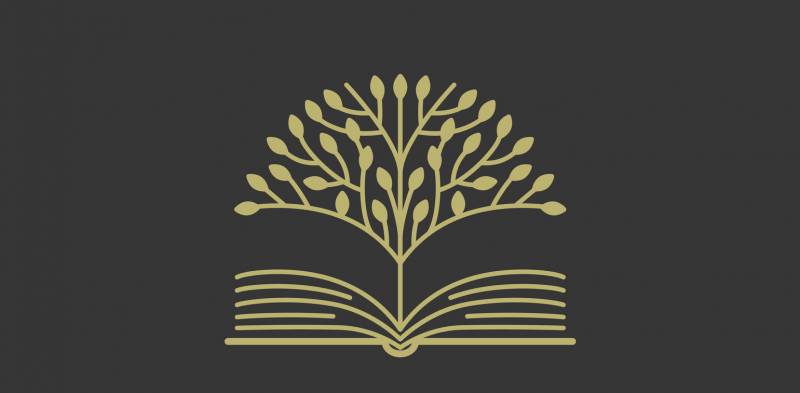Today’s education system resembles much of what you’d see in the early 1900s: rote memorization, a teacher speaking to dozens of pupils who must remain silent unless called upon, curriculum at scale. Coronavirus-related distance learning pushed that same operation online, and because of the severity of the crisis, educators and parents understandably yearn for getting back to normal. But for educator Gholdy Muhammad, normal hasn’t served all students well, especially in literacy education, and no amount of testing or data has changed that. Instead of continuing with this form of education, Muhammad developed a model of learning that strikes more deeply into who we are and what agency we have in the world.
In her book “Cultivating Genius: An Equity Framework for Culturally and Historically Responsive Literacy,” Muhammad, a professor of education at Georgia State University, looks to 1830s-era literary societies as a highly engaged model for teaching and learning that can cultivate literacy, intellect and self-efficacy. Literary societies were spaces where groups of people could meet regularly, discuss ideas and better understand themselves. In Black literary societies in particular, the connections and learnings helped members build the resilience they needed in a world that was especially hostile to them. She studied speeches from prominent African Americans of that time and asked, “What were some of their goals for education? What did they read and write? How did they organize? What did their classroom experiences look like?”
During that time, an estimated 320,000 Black people were living in Northern states that had abolished slavery, but they were denied most basic rights. They were excluded from schools, libraries and educational opportunities, among others, which is why being a part of a literary society was crucial for learning skills and learning about the world. It was also a place to test ideas among a group of people who also wanted intellectual refinement and joy among one another. Participating in a literary society meant closely reading relevant texts, writing opinions and debating them with others to really deepen one’s knowledge and skills. Having knowledge and skills enabled members to hold their own in debates and push against ideas of white supremacy and systemic racism of the time.
“That was the beauty of these spaces. They were intellectual spaces where – reading, writing, debating, listening, meaning-making, questioning – all these literacy practices happened across disciplinary areas,” said Muhammad.
At the heart of literary societies were several goals: identity development, skill development, intellectual development, criticality and joy. For today’s teachers, Muhammad brings together these goals under the Historically Responsive Literacy framework.


